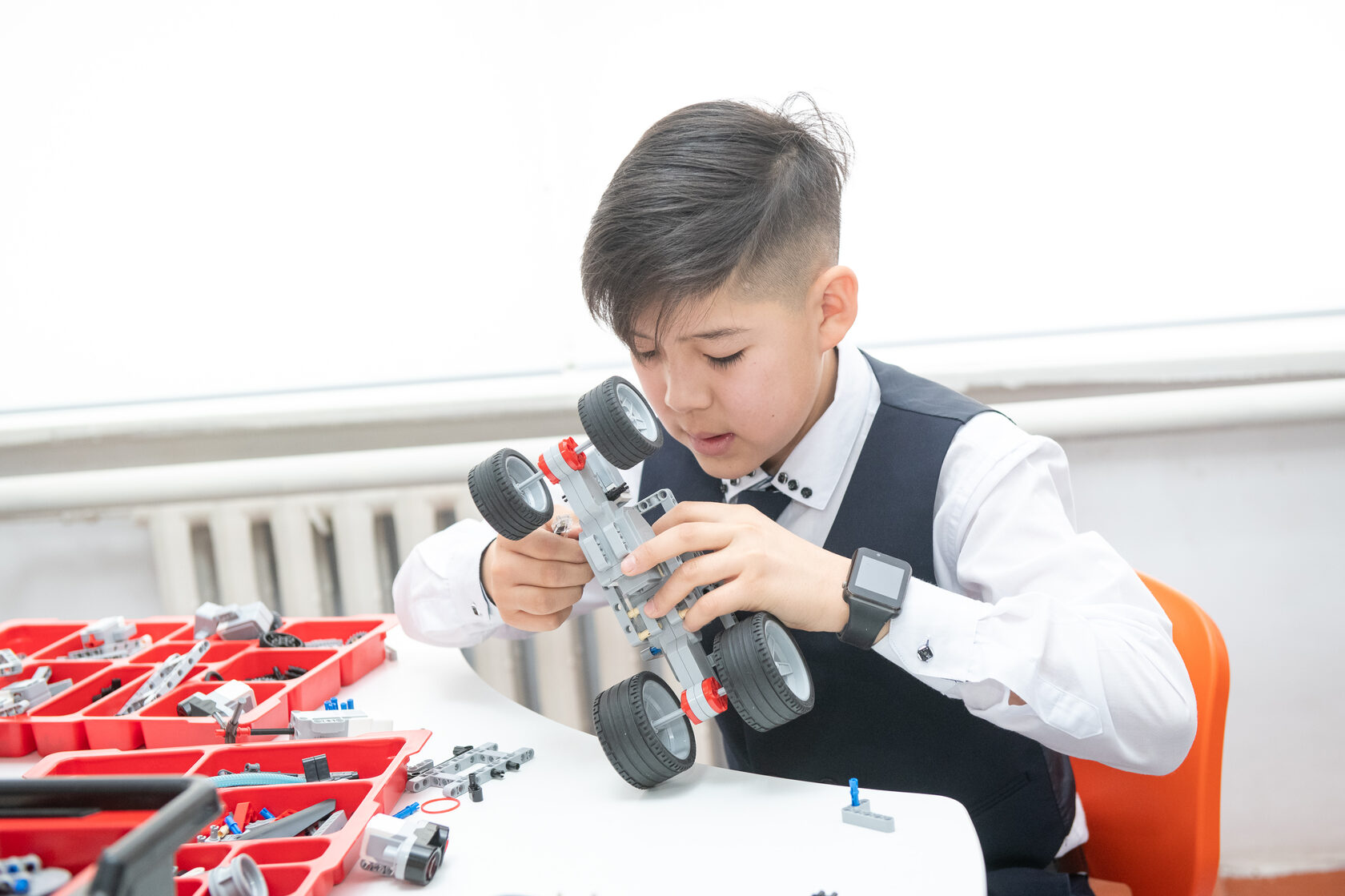Will modern learning conditions be created for rural children? Many people have asked this question. And some are taking concrete actions in this direction.
The project “Increasing the Hub School Potential in Rural Areas” is aimed at providing affordable quality education and reducing the gap in the quality of education between urban and rural areas, and covers 22 schools in 17 regions of Kazakhstan.
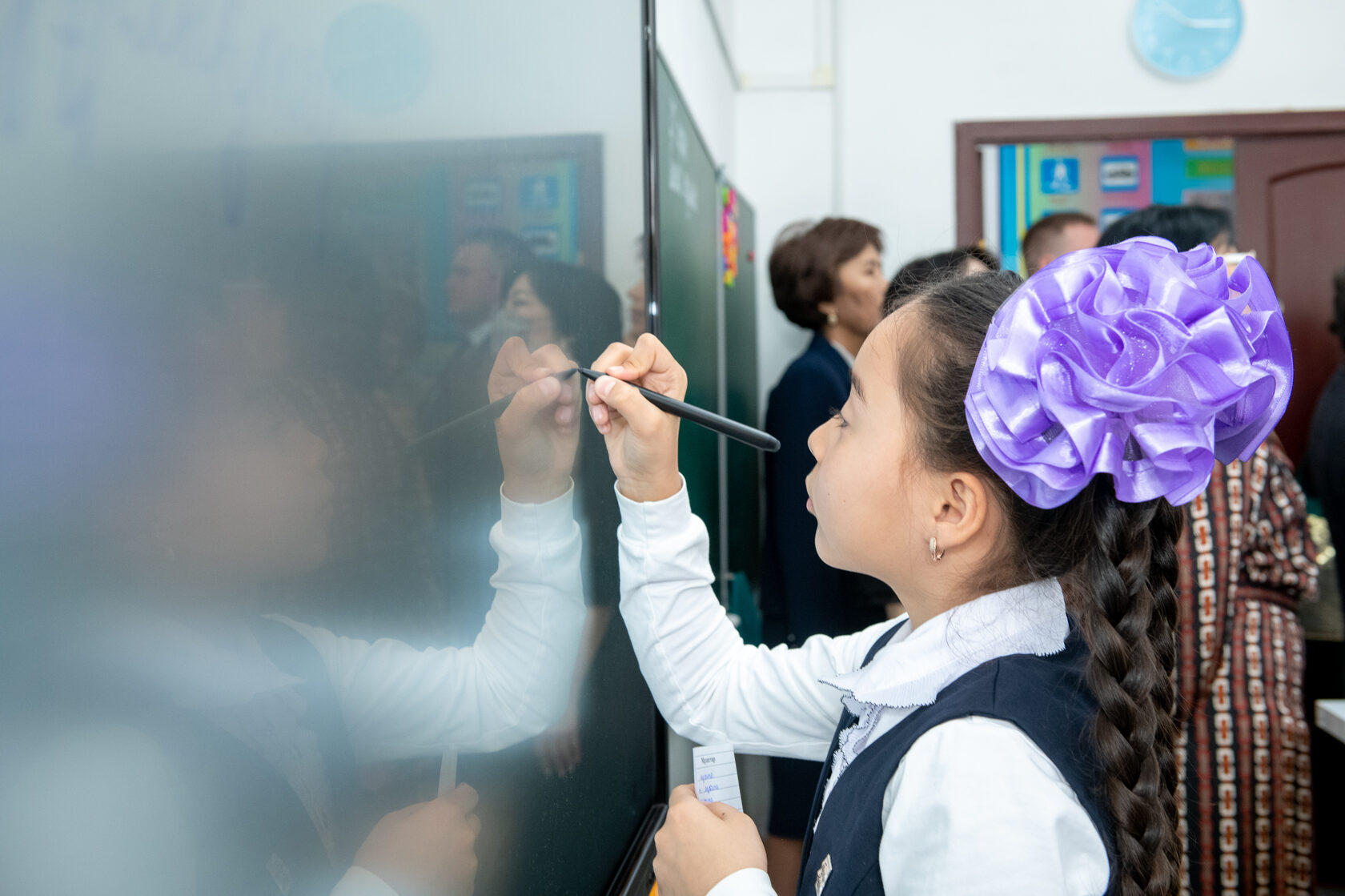
The Turar Ryskulov Secondary School of Uzynagash village of Zhambyl district in Almaty region is the 11th school of this project. Uzynagash village is located 121.5 km from the regional center. Currently, 2083 pupils study at the school, 219 teachers work.
At the presentation, Bolat Zhamishev, the CEO of Kazakhstan Khalkyna Fund, has shared plans to open 53 such schools. According to the CEO of the Fund, the construction of such schools pleases not only pupils, but their parents, as well as teachers who will teach children in schools equipped with the latest technology. B. Zhamishev noted that the equipment of the school is just a concomitant factor for the development and establishment of hub schools in our country. The Law on Education provides for the creation of hub schools. In the future, within the framework of the concept of education development, it is planned that teachers of hub schools will have the opportunity to teach not only children, but also to transfer their experience to colleagues from other rural schools.
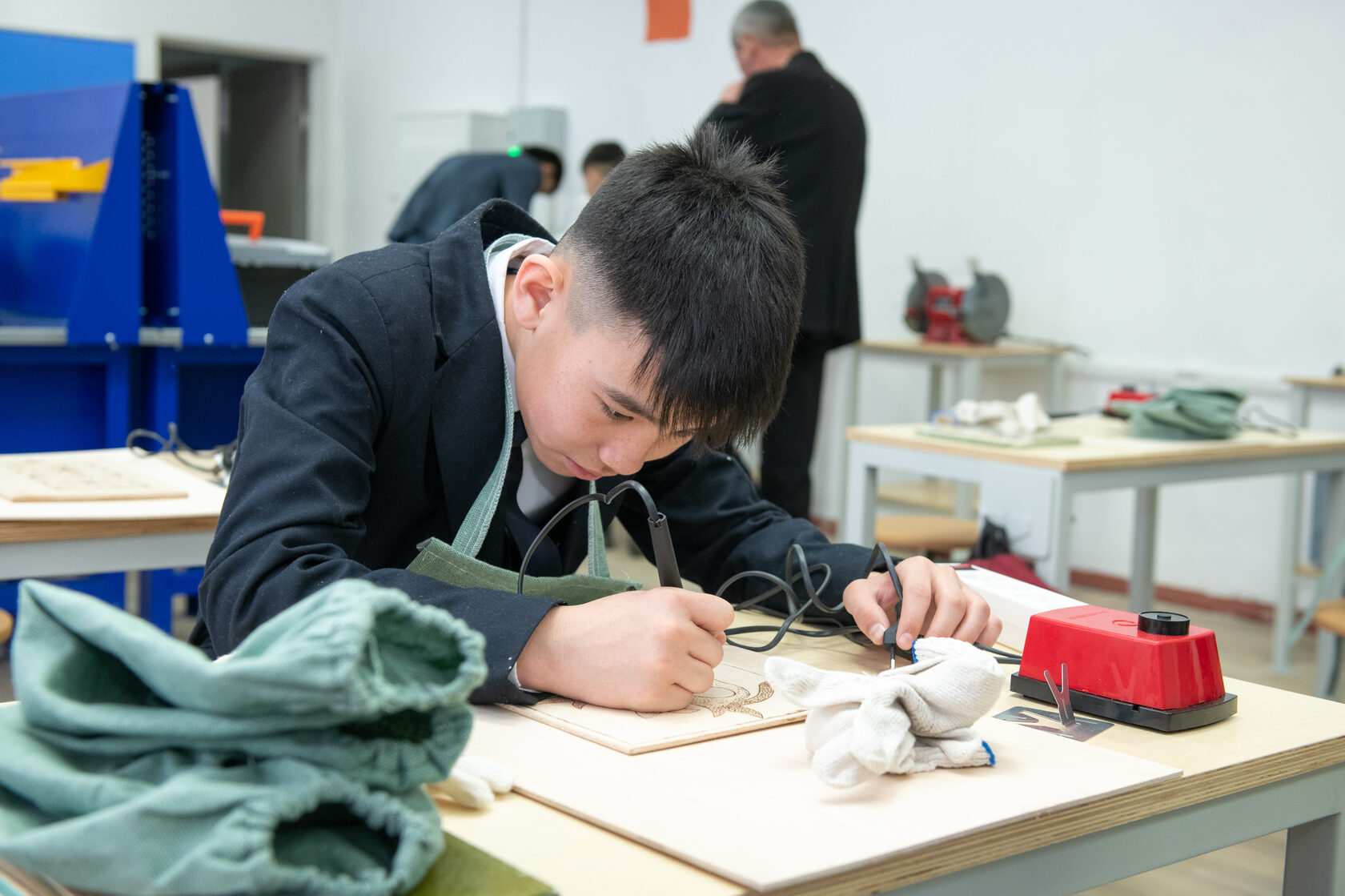
“The Law “On Education” has the concept of “hub schools”, which should be centers of competence and contribute to improving the quality of teaching in other schools, especially small ones. When we analyzed the situation, we did not see a single comprehensive program for the development of rural schools, while according to the PISA international rating, rural education in Kazakhstan is declining. That’s why, in cooperation with our partners – FSDE and NIS, we have developed a program and started equipping, training according to new standards in order to reduce the gap between rural and urban schools. If we have created 17 schools since last year, now we want to expand the transfer of knowledge transfer and create 53 more hub rural schools in districts and single–industry towns,” Bolat Zhamishev, the CEO of Kazakhstan Khalkyna Public Fund, noted.
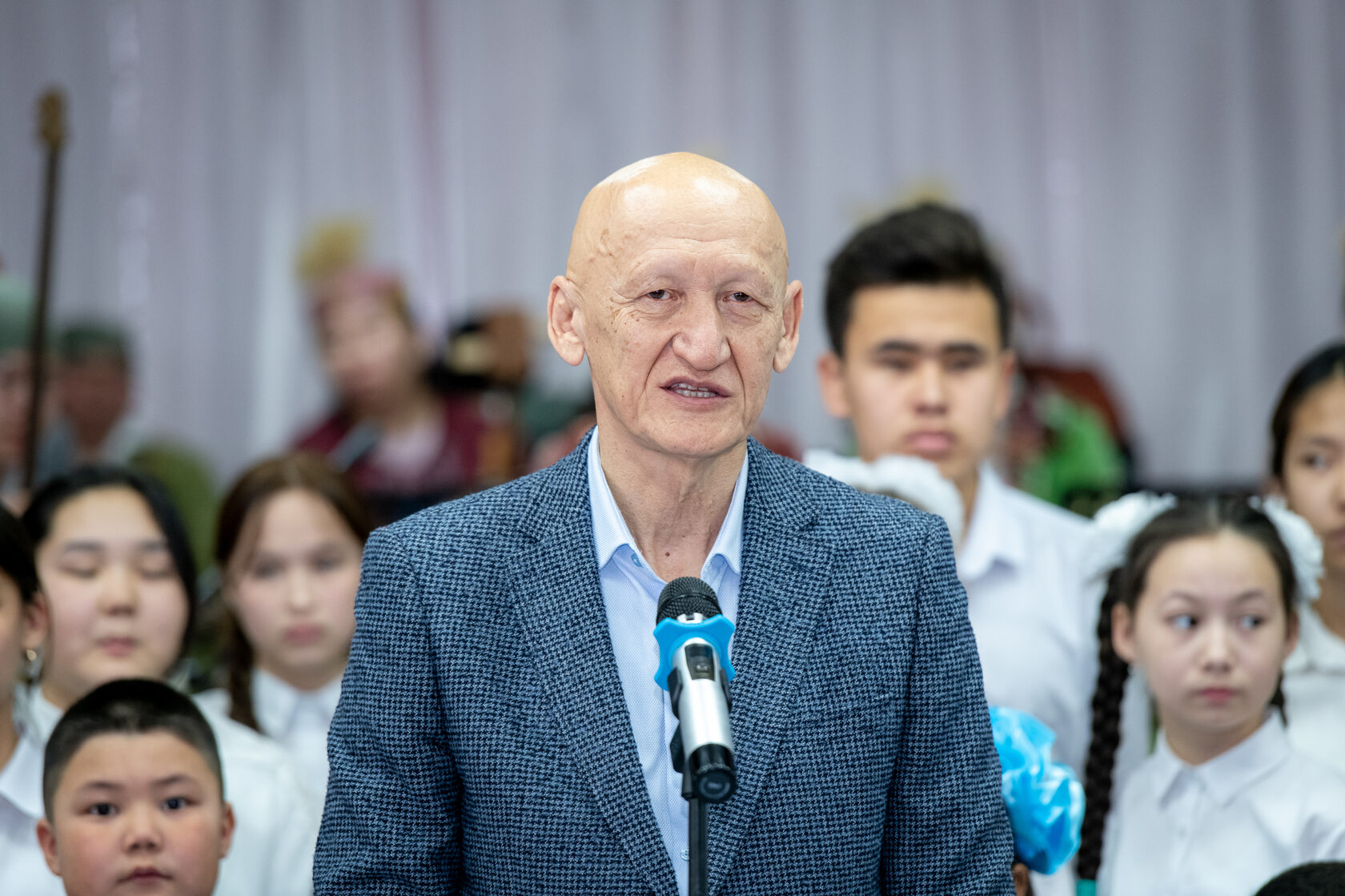
It should be noted that the project is implemented jointly by Kazakhstan Khalkyna Public Fund and Education Sustainable Development Fund. The training programs are held Nazarbayev Intellectual Schools free of charge. And all operational and administrative expenses are reimbursed by the project operator – Education Sustainable Development Fund with the sponsorship of AITAS Holding. During his speech, B. Zhamishev noted that NIS is a great source of new technologies, new competencies in pedagogy. Through this project, NIS can ensure the development of all hub schools. 5 schools that have already received the support of AITAS holding showed good results, hence the project received further support.
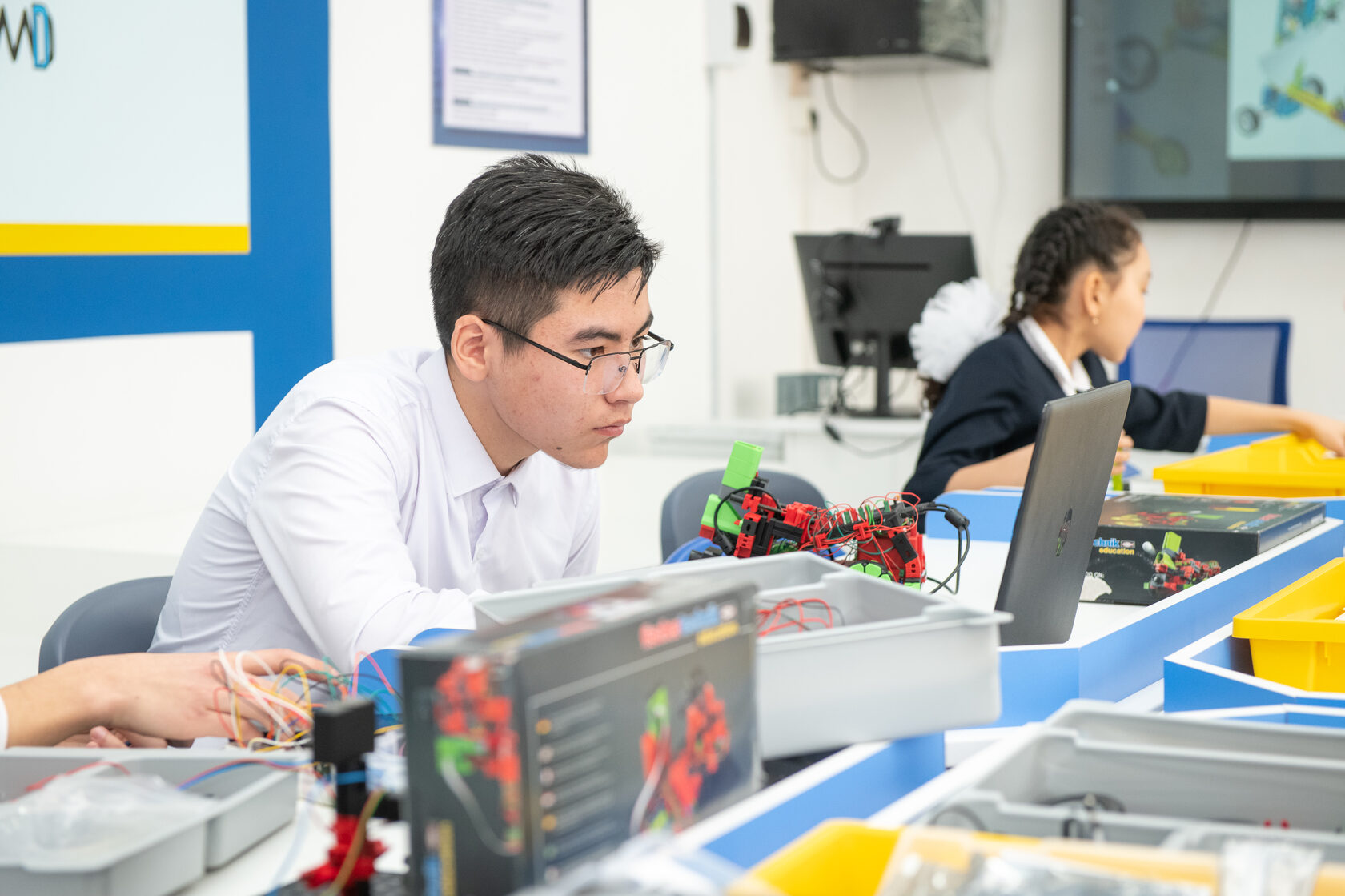
“Probably, I am is the happiest person among you today. At one time, when we jointly launched a project to renovate five rural schools, I did not expect that our initiative would cover the entire republic. Later I saw the potential of the program, and I believe that our undertaking is becoming a big project at the country level. The purpose of our holding is to serve the people of Kazakhstan, the mission is sustainable development of rural areas. Therefore, improving the quality of education in the village fully corresponds to the worldview of our business,” Serik Tolukpayev, the Founder of AITAS Holding, said.
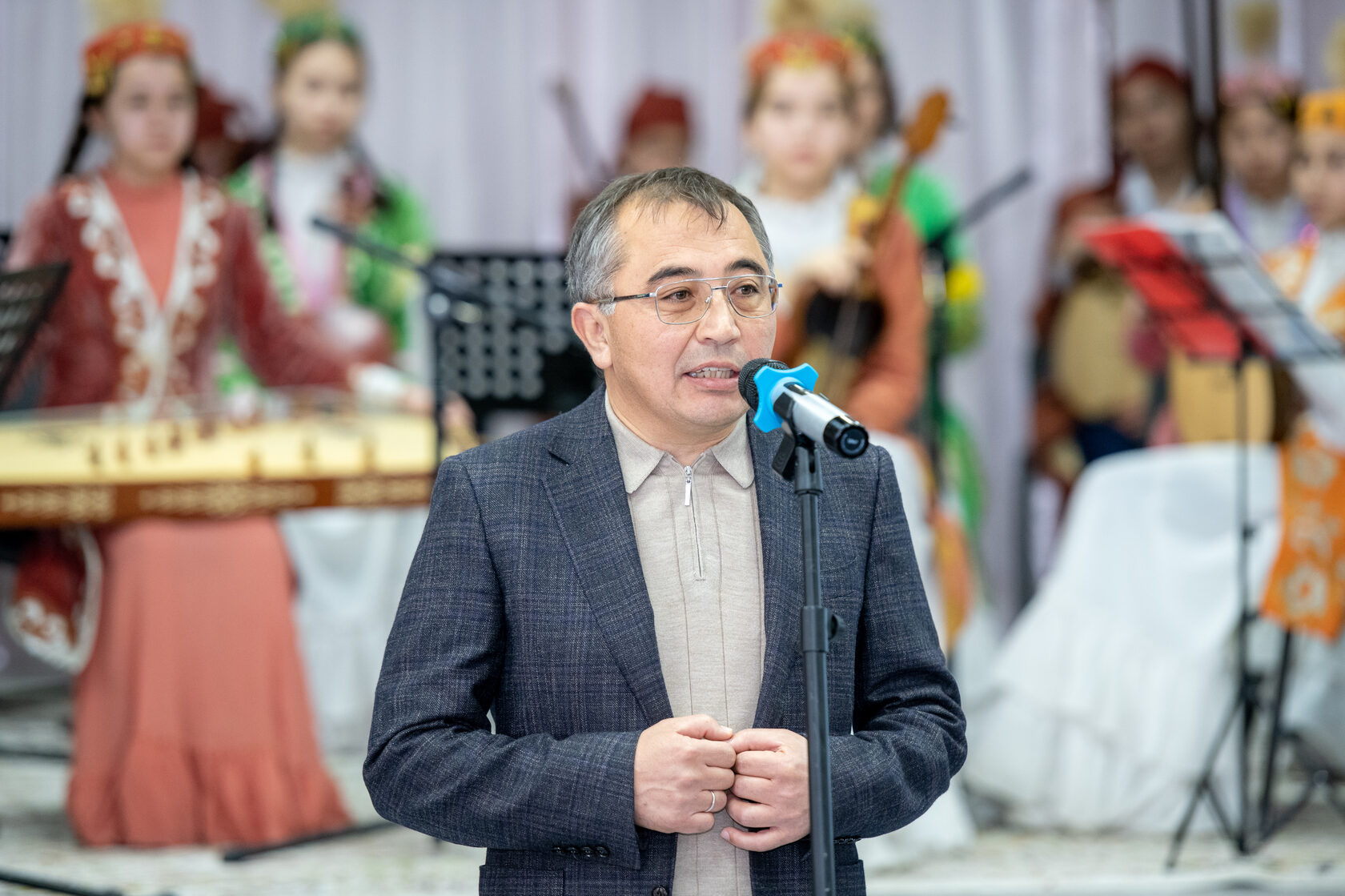
The event was held in the Open Day format. Residents of the district, representatives of local executive authorities, media representatives, project partners, sponsors were invited to the event.
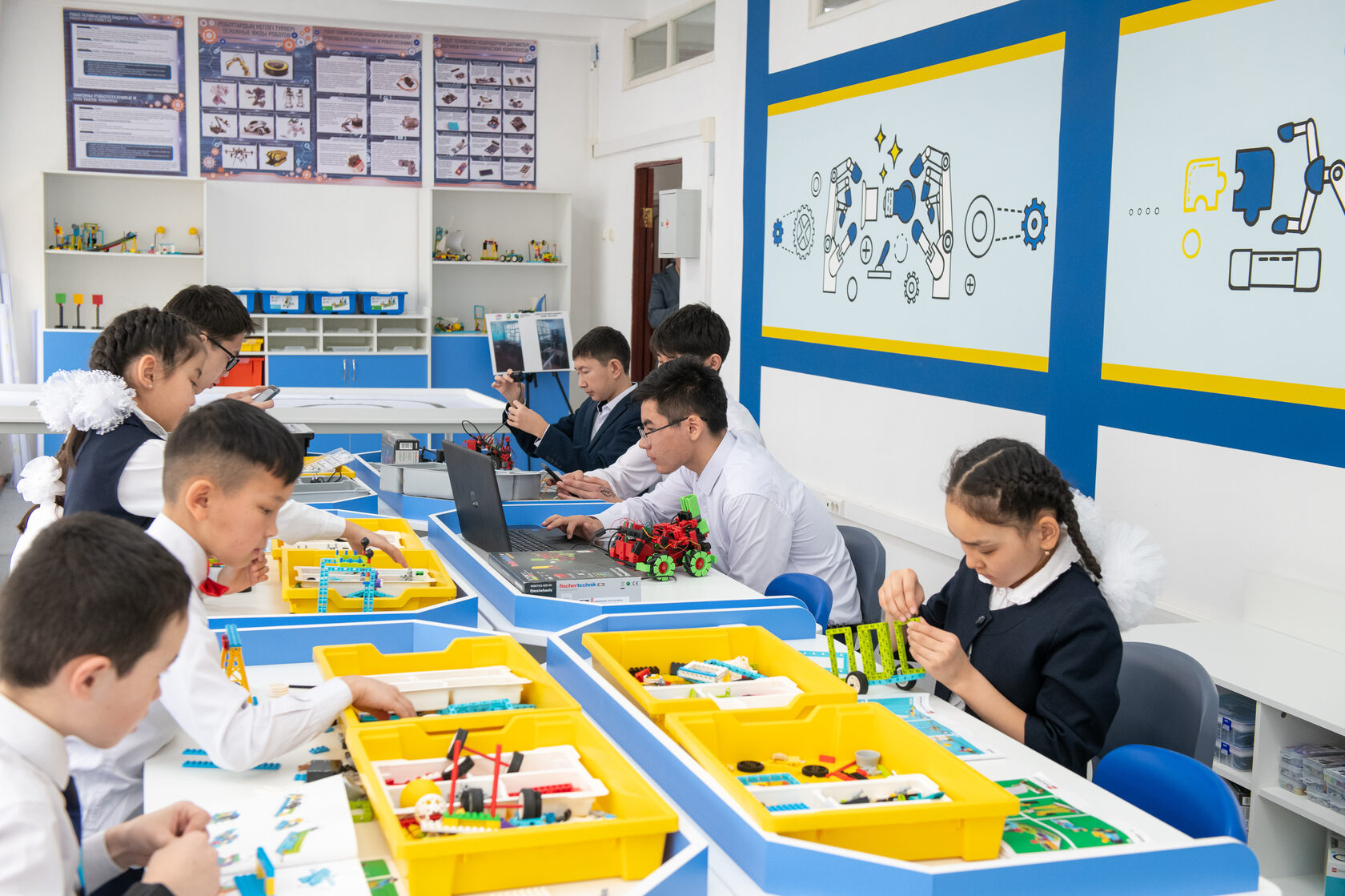
According to the Director of the school, after upgrading the qualifications of teachers, the quality of teaching has significantly improved, and children’s involvement in the educational process. It turns out that these indicators were influenced by a comfortable environment and teaching methods. About 40 classrooms, libraries, sports and assembly halls equipped with modern equipment can be added to their number.
